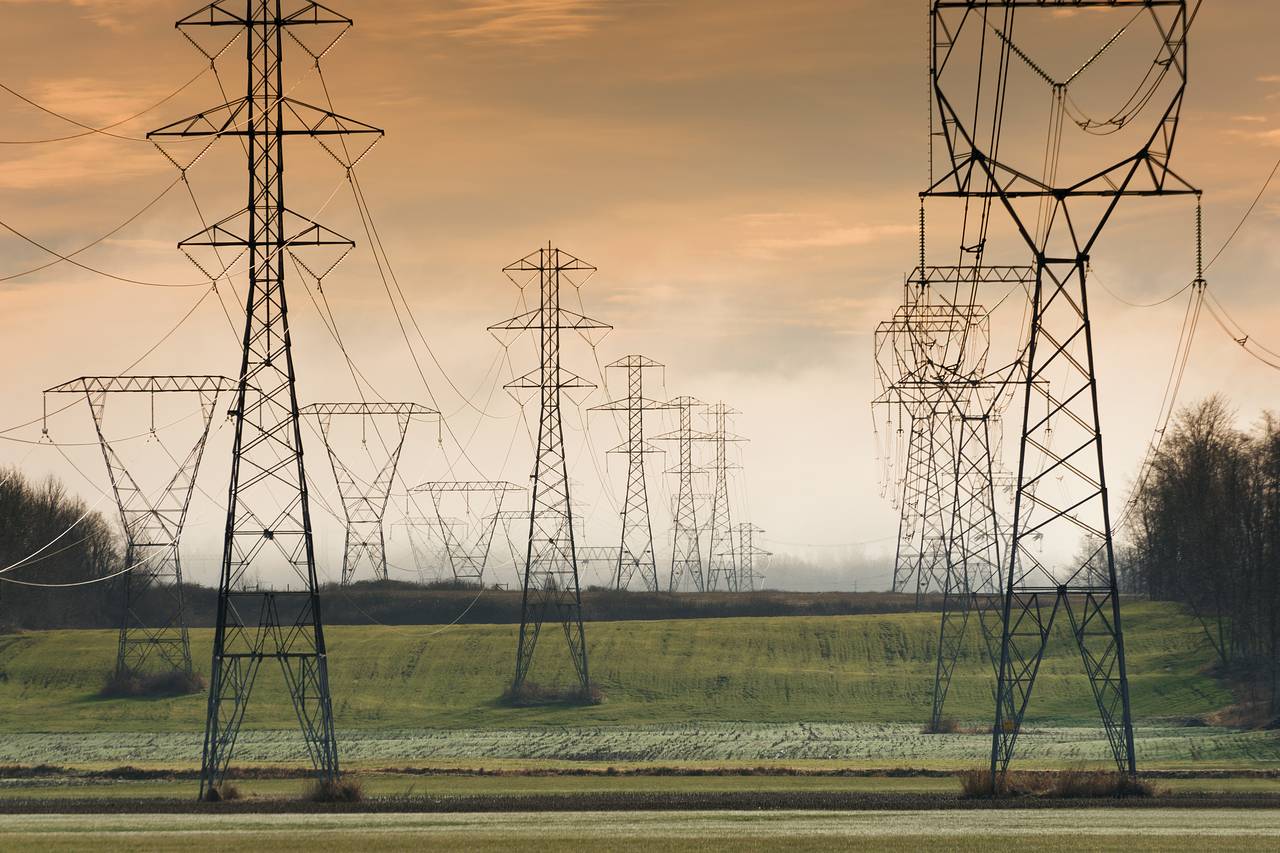The U.S. electrical system is inefficient and vulnerable to natural and man-made threats—from severe weather and solar storms to cyber and electromagnetic attacks. To stay competitive in the 21st century, the U.S. should upgrade its system before it’s too late.
What is commonly known as “the grid”—consisting mostly of aboveground transmission wires—is actually a patchwork of three regional networks that share few interconnections. Periods of high demand, such as a prolonged heat wave, can trigger regional imbalances in electricity supply and demand, leaving consumers to contend with price spikes and blackouts or brownouts. Insufficient transmission capacity also means that during periods of low local demand, surplus electricity is wasted rather than sold to other regions.
The U.S. grid relies on alternating-current technology, a legacy of its 19th-century creation. But a direct-current system would be far superior. Thanks to technological breakthroughs, direct-current technology can now transmit electricity over longer distances with less power loss than existing alternating-current networks.
The Climate Institute has proposed constructing a new overlay network that balances the generation and consumption of electrical power. The North American Supergrid is a concept for a multinodal, high-voltage direct-current transmission network that would extend across the lower 48 states, eventually linking with Canada and Mexico. The new grid would work as a resilient backbone to the existing electrical grid. Built largely underground alongside highways or railway rights of way, it would also be less vulnerable to attack.
By creating a level, nationwide market, the supergrid would allow energy generators throughout the country to compete directly. Because transmission distance would no longer be a constraint, the grid would promote the easy transfer and trade of energy—from renewable and traditional sources—between power-abundant and power-hungry regions. The increased transmission capacity would turn America’s enormous size into an advantage. It would permit, for example, the transmission of inexpensive energy produced by Mojave Desert solar farms or Great Plains wind farms to East Coast urban centers, supplanting more expensive power derived from fossil fuels. A 2016 study from the National Oceanic and Atmospheric Administration’s Earth System Research Laboratory estimated that a similar supergrid could achieve roughly an 80% reduction in power-sector carbon emissions, relative to 1990 levels.
Upfront private investment could reduce costs for consumers and taxpayers. The projected cost of as much $500 billion over 30 years to construct the North American Supergrid would be outweighed by eventual savings to U.S. electricity consumers, according to the NOAA study. And construction of the new grid would create between 650,000 and 930,000 jobs yearly across the entire energy sector over the estimated three decades needed to build and maintain its necessary infrastructure, according to a 2017 Climate Institute study. Many of these jobs would come to economically depressed rural areas.
Other nations are embracing advanced direct current transmission. China is moving aggressively to build nationwide high-voltage direct-current lines, investing $88 billion between 2009 and 2020. As a part of its energy-transition strategy, the European Union plans to invest some $1 billion toward 17 new supergrid projects on the Continent.
The Trump administration can propel the U.S. into the supergrid era by expanding upon the president’s infrastructure permitting executive order to cut still more red tape. It should push Congress to streamline the grid-permitting process to promote far-reaching infrastructure proposals. The White House also should direct the Energy Department and other executive agencies to develop plans for interregional transmission, then work with the Federal Energy Regulatory Commission to implement such plans. Congress should allocate federal funds to study the future of U.S. electricity transmission.
The North American Supergrid could transform the country, much like creation of the interstate highway system did in the 1960s and ’70s. In contrast to the localized economic payoffs received from new roads and bridges, it would benefit the entire U.S. economy and produce significant environmental and security improvements. Constructing it will require leadership from the highest levels. It would be fitting if the real-estate developer president paved the way for the U.S. to enter the supergrid era.
Mr. Bayless is a former CEO of Tucson Electric Power. Mr. Petri, a Republican, is a former U.S. representative from Wisconsin. They are board members of the Climate Institute.
